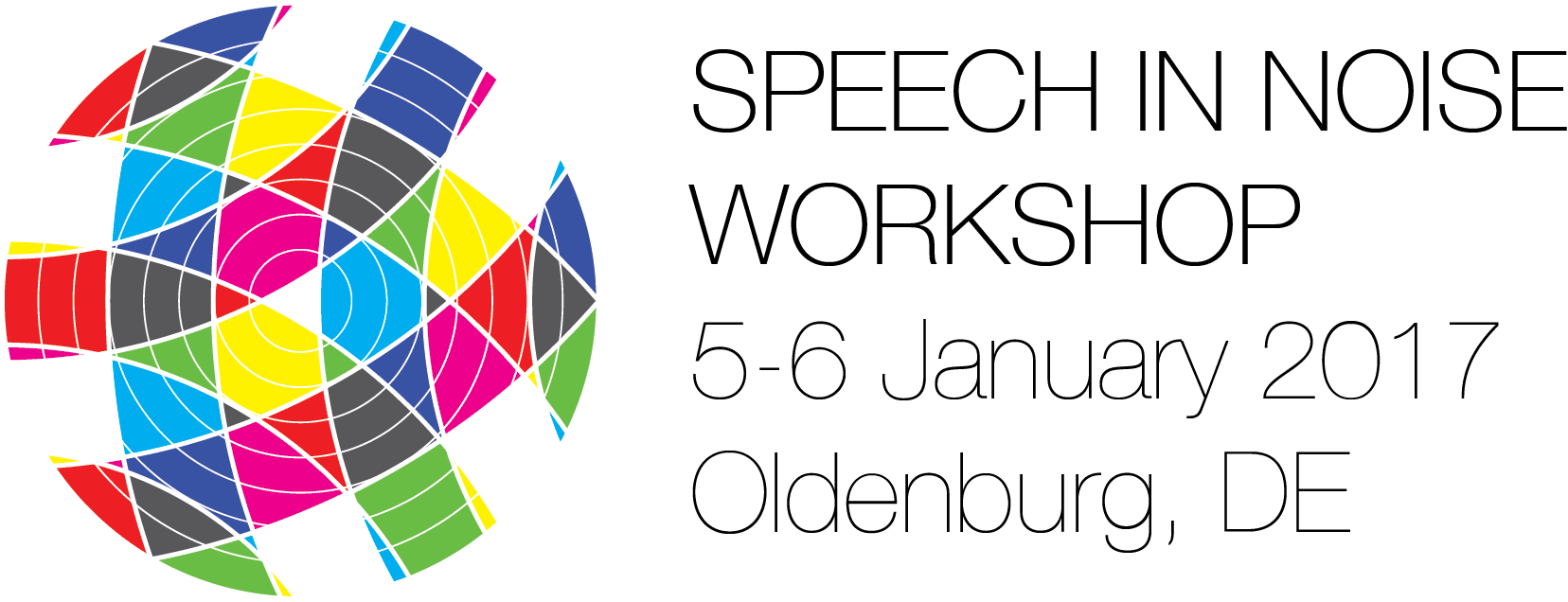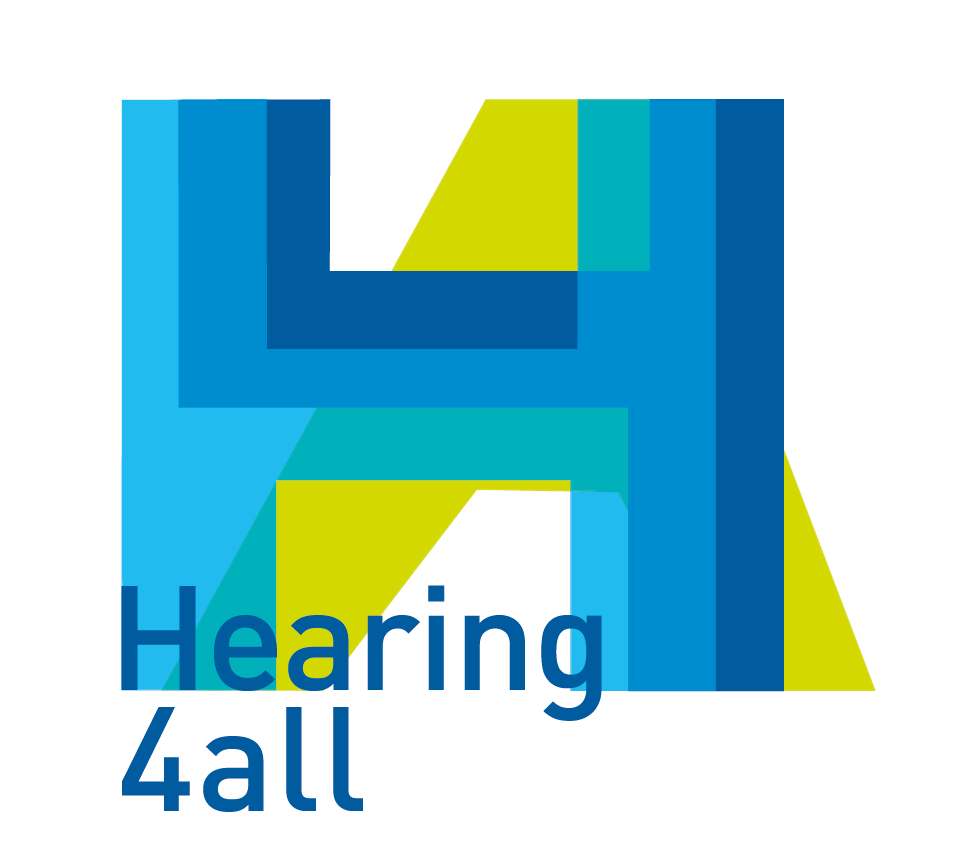Common Sound Scenarios – A context-driven categorization of everyday sound environments for application in hearing-device research
Evaluation of hearing-device signal-processing features are performed for research and development purposes, but also in clinical settings. Most people agree that the benefit experienced in the hearing-device user’s daily life is most important, but laboratory tests are popular since they can be performed uniformly for all participants in a study using sensitive outcome measures. A number of research groups are currently focusing on developing laboratory tests that have the potential of indicating real-life benefit. In order to succeed with this work, there is a need for more information about the listening situations people encounter. The description has to include more than a description of the acoustical parameters that define the environment.
The purpose of the current study was to investigate the acoustic environments and listening situations people encounter and to provide a structured framework of common sound scenarios that can be used for instance when designing realistic laboratory tests.
A literature search was conducted. Focus was on studies including informants who reported or recorded information about acoustic environments or listening situations in field trials. Nine relevant references were found. In combination with data collected at our laboratory, 187 examples of acoustic environments or listening situations were found. These examples were categorized using a context-based approach. A structured framework of common sound scenarios (CoSS) was developed. Three intention categories, “Speech communication”, “Focused listening”, and “Non-specific” were divided into seven task categories. For each task category, two common sound scenarios were selected and described, creating in total 14 common sound scenarios. For each common sound scenario, information about occurrence, difficulty to hear, and importance to hear in the scenario was added based on the available data.
The framework has the potential to be used when developing hearing-device signal-processing features, in the evaluation of such features in realistic laboratory tests, and for demonstration of feature effects to hearing-device wearers. The presentation/poster will describe the CoSS framework, how it was developed, how it can be used, and its weaknesses. Need for further research in the area will also be outlined.
Warning: Use of undefined constant s - assumed 's' (this will throw an Error in a future version of PHP) in /home/spinnluxnr/www/2017/pages/programme.php on line 208


